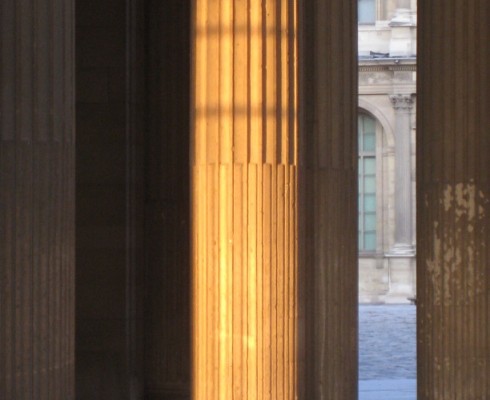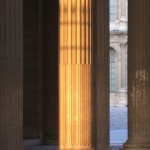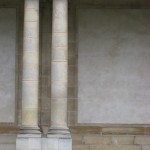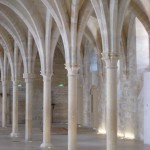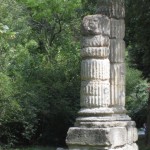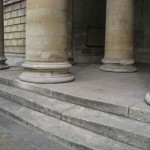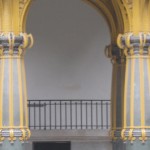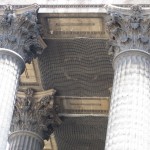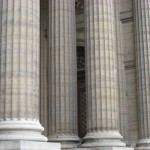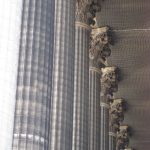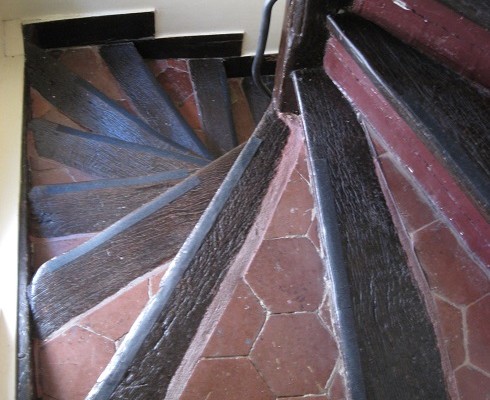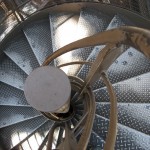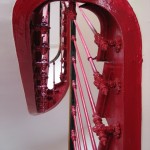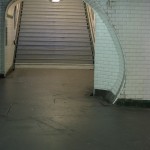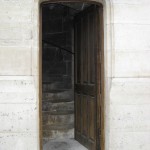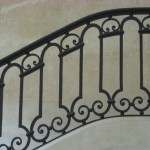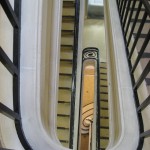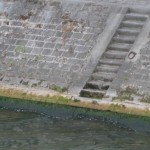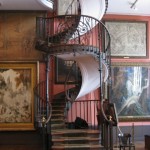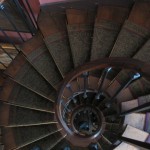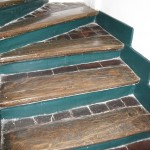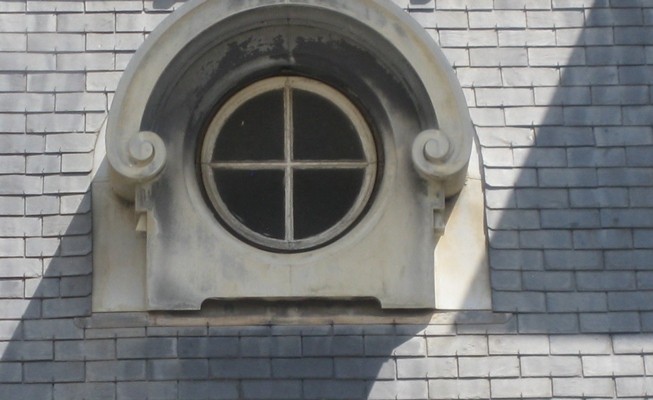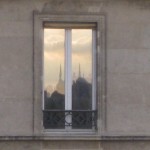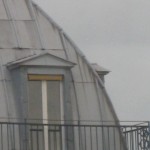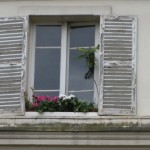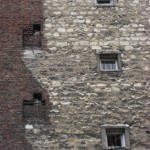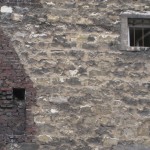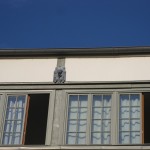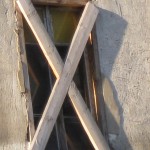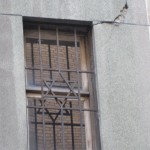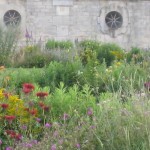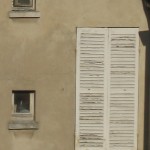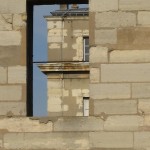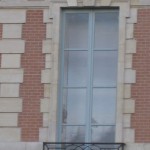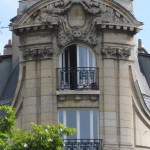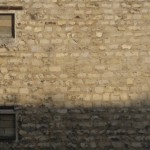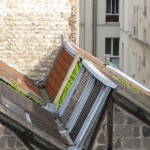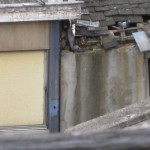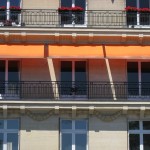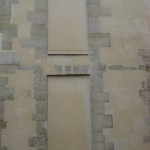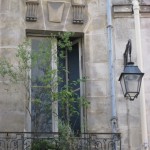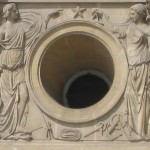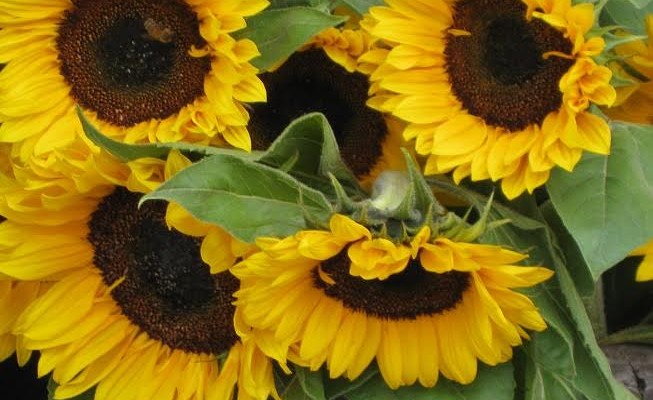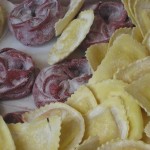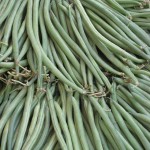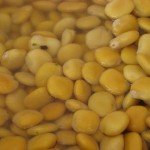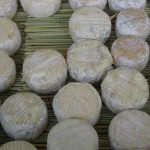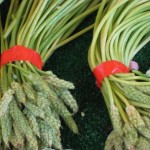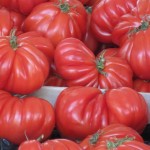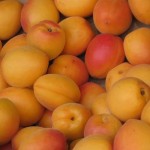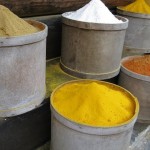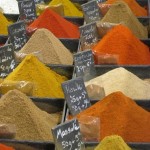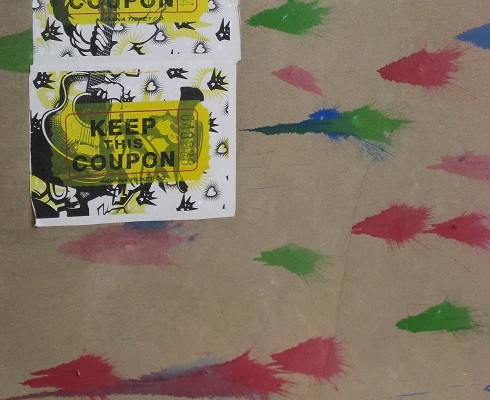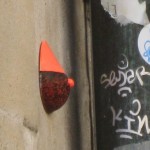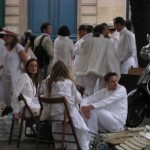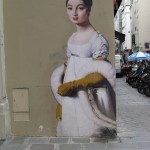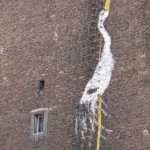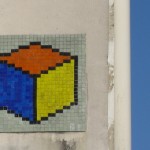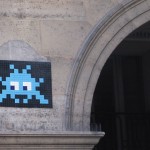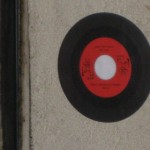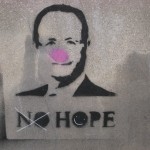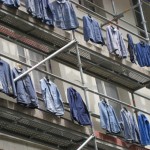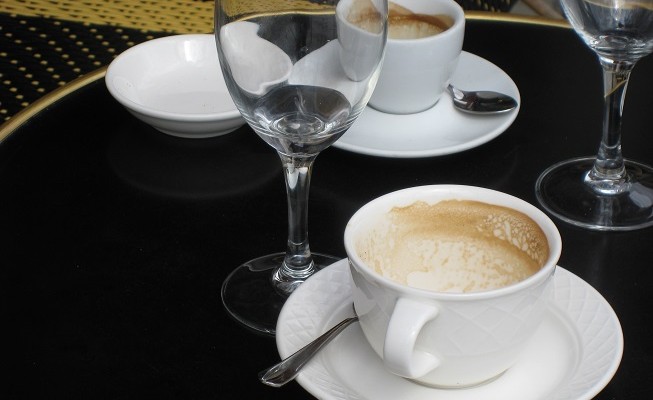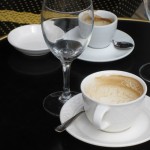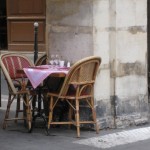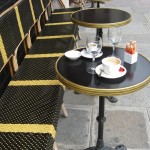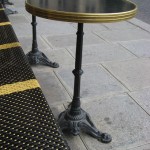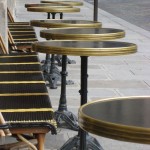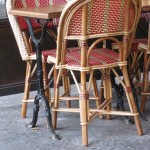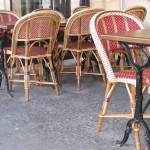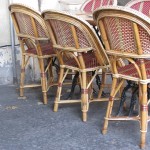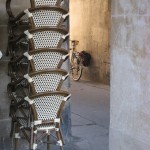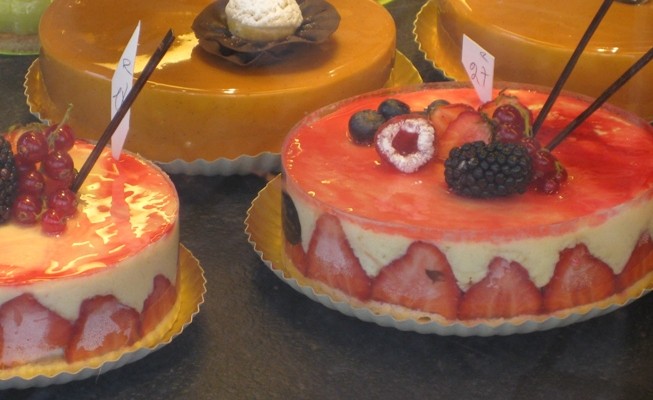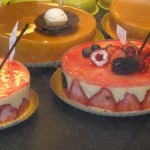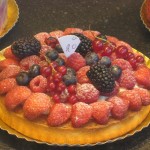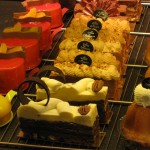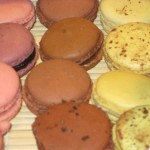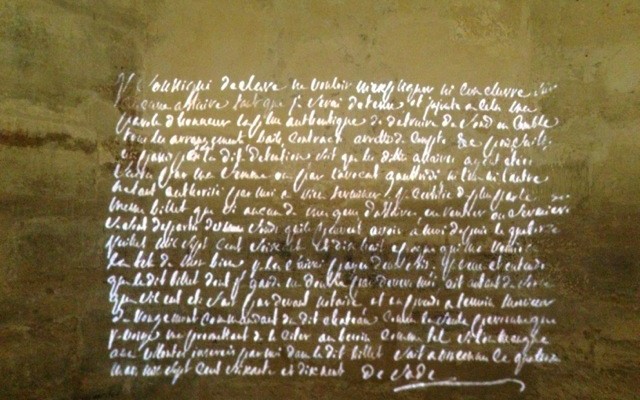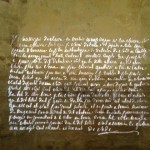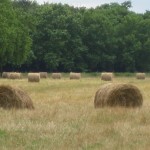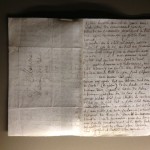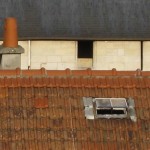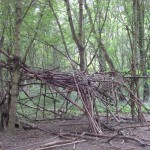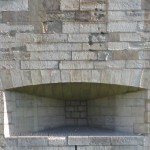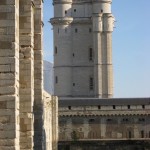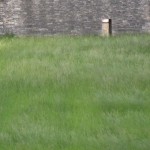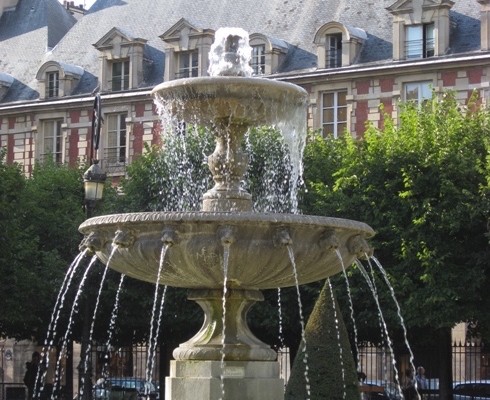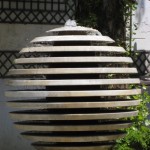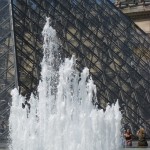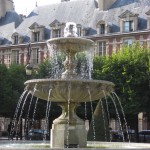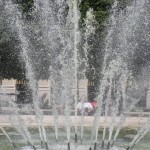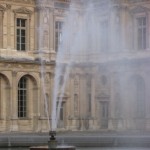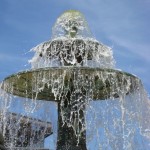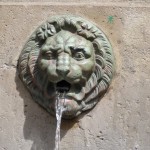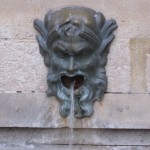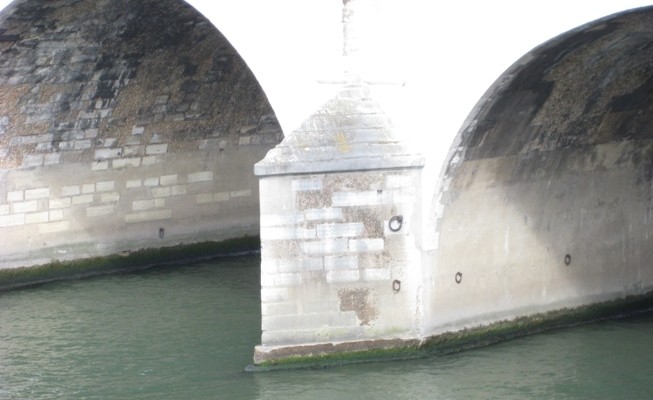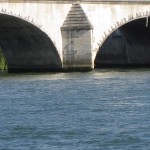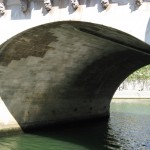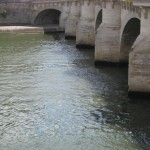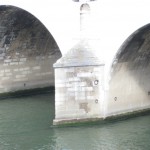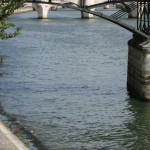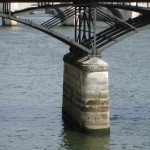Elegant and majestic architectural wonders are found all over Paris, including the columns that support many monuments. The Madeleine’s colonnade of 52 Corinthian stanchions dwarfs the surrounding neighborhood and takes your breath away. Classical and Baroque styles are illustrated in the Grand Palais’ blend of solid exterior stone supports and the ornate iron undergirding of its Nave. The arched beige Gothic pillars of the College des Bernardins are as delicate as bones. There are also follies. Columns without purpose. Ancient Roman replicas In the Parc Monceau and Buren’s playful striped columnar segments in the courtyard of the Palais Royal.
In Paris, even the most rudimentary stairs illustrate attention to detail and fine artistry. Wooden stairs graced with inlaid tile. Tile stairs capped with bullnose wooden treads. Stone stairs finished with iron railings. Iron stairs cast and corrugated. Spiral stairs. Mysterious stairs that seem to go nowhere. Stairs that dive underground and stairs that climb to the heights. Never-ending stairs. All worn smooth by history, but still steady and strong. Everlasting examples of pulchritude in the practical.
When walking in Paris, don’t forget to look up. Just as eyes have been called windows to the soul, windows are often the souls of Paris buildings. They are remnants of history, indicators of civic personality, and conduits for the renowned Parisian light. Fenestration takes many forms in Paris. Framed with wood, cast in cement, laid in stone, or shaped with zinc. Arched, oillet, bullseye, dormer, casement. Simple or adorned with awning, brise-soleil, wrought-iron balcony, or window box. All are reminders that there is more to life than just the façade.
There are hundreds of markets in Paris. Some are permanent, some weekly or biweekly, some are housed in buildings made specially for them, and some are open-air markets with protective canvas awnings that are raised and lowered regularly by city workers. Art markets, flea markets, stamp markets, book markets, flower markets, and organic markets. Neighborhood markets are the most common with the most wide-reaching array of wares. These can stretch for blocks and offer fruit, vegetables, cheese, fish, meat, bread, pastries, spices, olives, wine, regional specialties, household utensils, linens, clothing, books, and toys. Paris markets are a grand mixture of visual beauty and clashing cultures, a place to lose track of time as you wind through the crowds and wonder.
In Paris, art is everywhere. The buildings, the bridges, shop windows, parks, esplanades, and museums – all are breathtaking. Competing with these century-old creations is the contemporary street corner, its facades accessible and ready for renegade art made for the masses by the famous and infamous. That’s where unsanctioned artwork miraculously appears, stunning enough to stop both worker and wanderer. Look down and see a sidewalk telling you to contemplate the sky. Look up and see space invaders, classical paintings, colors, shapes, stickers, political statements, and installations. Questions are posed. Images enter by osmosis and sink deep into the psyche. The whole city is a canvas.
An empty café in Paris is a thing of beauty, all the more so for its rarity. You might think the cups and glasses, stained with leftover coffee and wine, would look lonely but there is a world of difference between loneliness and solitude. Clear and without clutter, without people crowding and crowing, the proud stance and small round expanse of the café table shine. Wicker chairs commune quietly, contemplating the great grey Paris morning or languishing in the late afternoon light. An empty café is a void of quiet idleness. A deserted oasis. A momentary abundance of solace. Distinct and divine.
When I look through the window of Miss Manon, a well-known bake shop in the Marais, the sight is an invitation to the senses, as breathtaking as any museum exhibit. Color, shape, texture – all layered in rich and subtle hues. Garnished, gilded, glazed, glossy, and geometric. Confection or works of art? People in Paris stand in line for both. Antoine Vollon’s painting, Mound of Butter (1875-1885), looks so real that it might have been painted with butter and a butter knife. The pastries displayed in my local bakery on the rue Saint Antoine are so beautiful they could have been created with brushes and paint.
A 15-minute Metro ride from the center of the city will take you to the Bois de Vincennes – a forest filled with dog-walkers, joggers, prostitutes, totems, and stretches of wild that make you forget that the noise and dust of city life ever existed. There is also the Château de Vincennes and its dungeon. Its looming magnificence and dried moat call to mind other times when it housed kings, queens, hunting parties, porcelain production, prisoners of the state (including the Marquis de Sade), and finally soldiers and weapons (52,000 rifles, over 100 field guns, and many tons of powder, bullets, and cannonballs). Visiting Vincennes is like taking a trip to a small town in the country.
In every Parisian square, large or small, there is a fountain. Originally they provided water for drinking and washing, but later they served a decorative purpose as well. In our times, fountains offer entertainment for children, solace from the heat, and the peaceful music of flowing water to lull sunbathers and readers, and slow the pace of passers-by. There are over 350 fountains in Paris, the oldest dating back to the 16th century. Motifs include lion and tiger heads, bull heads, creatures from the sea, and mythological characters, all with water spouting from their mouths.
Part of the charm of Paris is her bridges. Nearly 40 of them span the Seine and stun observers at regular intervals – bridges for cars, bridges for metro trains, bridges for pedestrians – each of them beautiful in its own right. The oldest bridge in Paris is the Pont Neuf constructed in 1609 to connect the left and right banks at the western tip of the Ile de la Cité. Next comes the Pont Marie, built between 1614 and 1635, and originally lined with residences for the wealthy. Besides being utilitarian, the bridges of Paris are works of art. Line and curve, shadow and light. Arches and moldings detailed in metal and stone. They offer a long lingering east/west look across the city at sunrise, sunset, or any time of the day or night.
